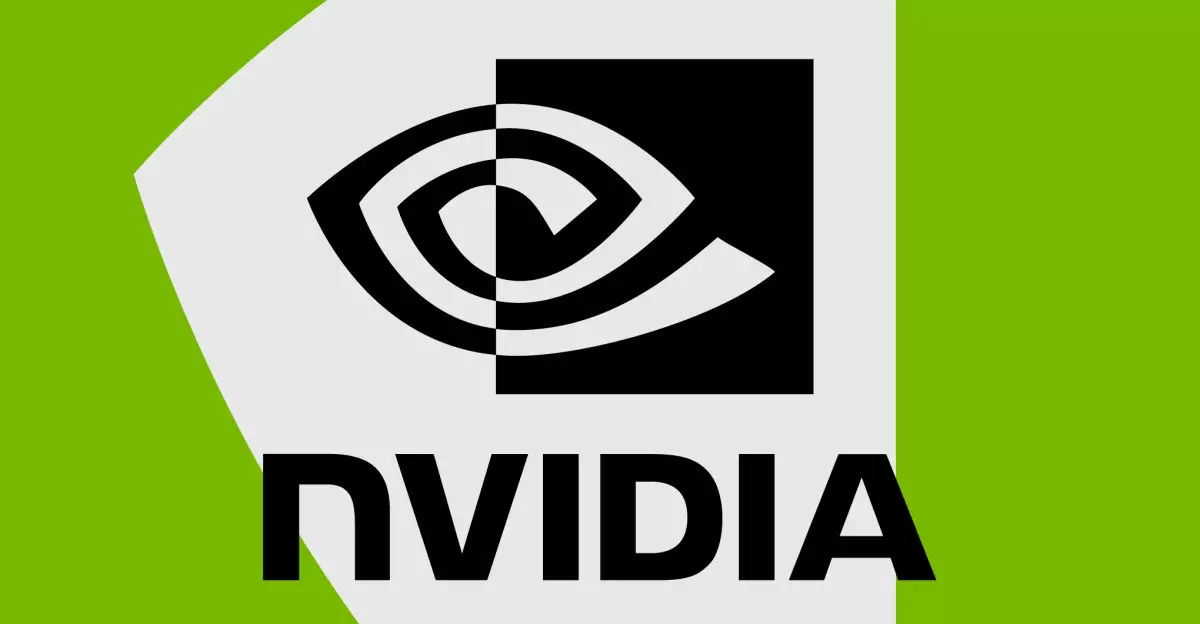In the realm of personal computing, the performance and reliability of hardware can often mean the difference between a fluid gaming experience and one filled with frustrating interruptions. Recently, Nvidia, a titan of the graphics processing unit (GPU) market, has faced scrutiny due to a spate of botched driver updates that have left many users feeling marginalized. Over the past several months, Nvidia’s driver landscape has morphed into a battleground, marred by complaints of black screens, application crashes, and overall instability. This predicament for Nvidia GPU owners is perplexing, especially for a company that historically excelled in delivering stable and reliable GPU driver updates.
A Cascade of Complications
The challenges began earlier this year when Nvidia launched its RTX 50-series GPUs. What should have been a moment of triumph quickly transformed into a fiasco as users reported rampant issues, prompting Nvidia to release a multitude of updates and hotfixes. This process has felt more like a reactive sprint rather than a proactive strategy, as the company’s attempts to rectify the myriad of problems have often led to the introduction of new complications. The latest of these attempts, the 576.15 hotfix, comes in the wake of widespread user dissatisfaction and a multitude of posts on Reddit and Nvidia support forums that detail ongoing problems.
Even the performance of utility software designed to monitor GPU health has been compromised, leading to misreported fan speeds and temperatures. The irony of needing a hotfix for the hotfix itself underscores the depth of the troubles Nvidia now faces. The more they attempt to solve one issue, the more new ones seem to arise in its wake, creating a frustrating cycle for dedicated users.
The User Experience: A Struggle for Normalcy
For many Nvidia customers, the nightmare of game crashes and performance drops has made gaming a gamble. Reports of degraded experiences while utilizing G-Sync technology—a marquee feature that promises smoother gameplay—have further contributed to the discontent swirling around the brand. A perplexing number of ongoing issues, with more than 15 still tracked as open by Nvidia’s support team, paint a picture of a company grappling to regain its reputation.
Interestingly, users who have recently upgraded to the RTX 50-series find themselves in a bind; they cannot revert to more stable older drivers because those versions do not support their new hardware. As a result, many are left stranded between a rock and a hard place, pushed to either endure the latest driver failures or explore competing options—an unprecedented scenario for Nvidia’s loyal base.
The Ongoing Quest for Stability
The commitment from Nvidia, embodied in their continuous stream of updates, is commendable. However, the situation raises questions about the company’s quality assurance processes prior to launching significant hardware and software updates. The expectation that Nvidia would be a few steps ahead seems to have faltered, particularly given the thrilling but flawed advent of the RTX 50-series cards. This launch has not just been a technical dilemma; it has also stirred frustration in a devoted community that eagerly invested in what was marketed as cutting-edge technology.
Moreover, the worrying allegations of manufacturing discrepancies, including incidents of melting power cables and misconstructed GPUs, deepen the existing woes. A classic case of crisis management gone wrong, the failure to ensure quality has led to a misalignment between advertising promises and real-world performance. Such issues can detract not only from current products but cast a long shadow over future releases, as faith in a brand can be notoriously fragile in the tech community.
Hoping for Redemption
Looking ahead, the continued rollout of hotfixes and driver updates must transition from a temporary fix to a long-term solution. Nvidia must heed user feedback diligently, creating a feedback loop that emphasizes dialogue with their customer base. Transparency about known issues, realistic timelines for fixes, and, importantly, a robust quality assurance framework could potentially restore confidence among users who now feel neglected.
While the challenges Nvidia faces are daunting, the company holds a unique position to turn this turbulent phase into an opportunity for reassessment and improvement. By addressing these concerns and marking a clear path towards stable driver performance, Nvidia could emerge stronger, reinforcing its status as a dominant player in the GPU arena and reaffirming the loyalty of its user base. That journey, however, must begin with a commitment to mending the rift that has developed between the company and its customers—a challenging yet vital trail to navigate.

